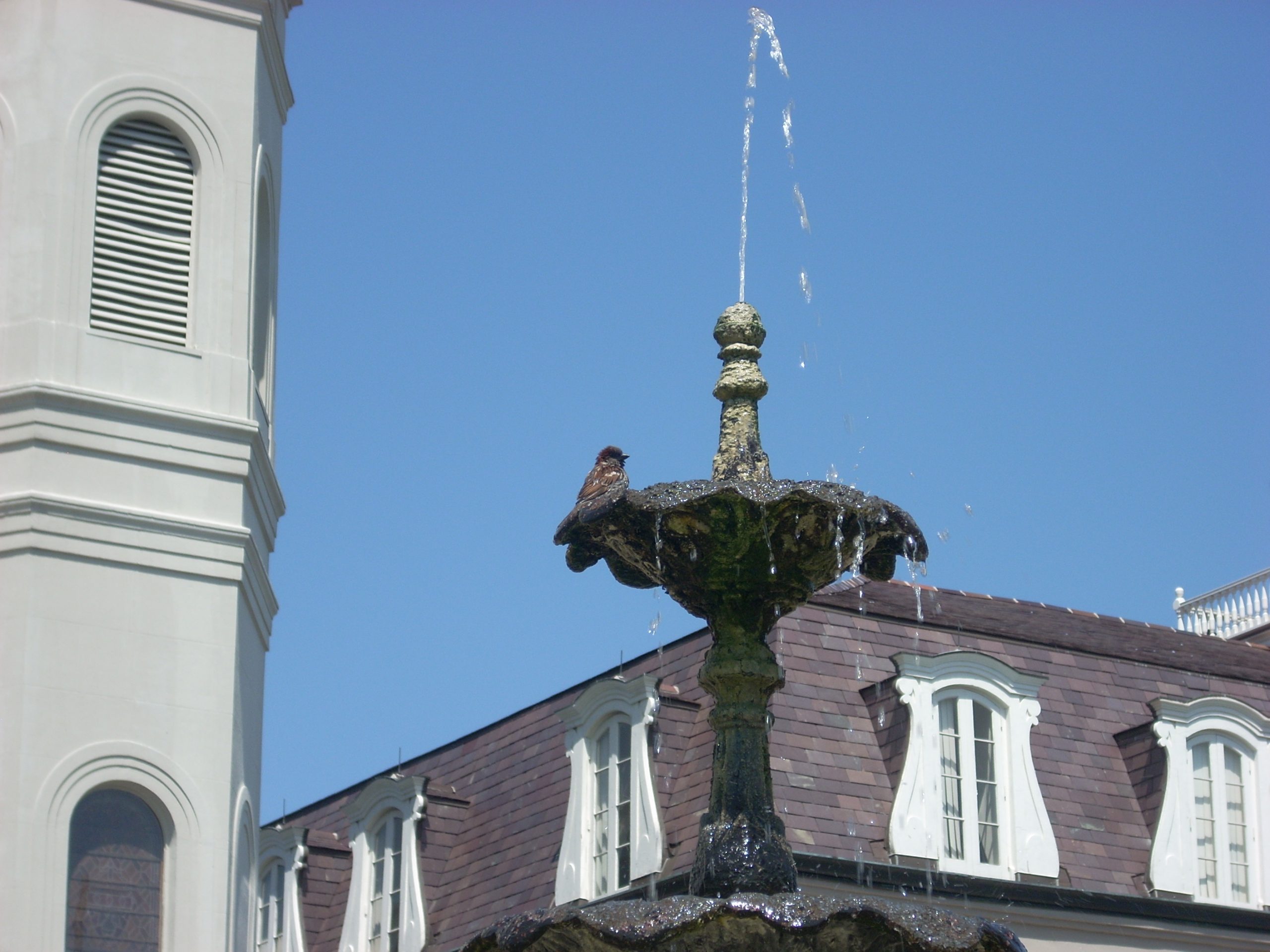
The second type of social structure is so prevalent in the world in which most of the readers of this book live that it is taken for granted. This is the modern society that has existed in Western Europe since the beginning of the industrial era (early 19th Century), in North America since the early years of the 20th Century, and in urban settings in other parts of the world since World War II. I would suggest that there is now a third type of social structure that (for want of a better word) I shall identify as postmodern. This social structure now exists in many parts of the world and is rapidly assuming a prominent role at the start of the 21st Century.
I propose that the profound nature of the transition that premodern societies have made in their shift to modern social structures is being matched by the profundity of the transition that is required in the shift from modern to postmodern social structures. Furthermore, I propose that the transitions from premodern to modern and from modern to postmodern are essentially irreversible. We can never go back to a former world—though we can (and inevitably will) borrow from previous social structures as we seek to create new forms to meeting emerging needs and serve new functions.
While the past fifty to seventy years might best be described as an era of adjustment (the modern-day organizational pendulum), we are now entering an era of fire. In this new era, old organizational forms, structures and processes will be consumed and new forms, structures and processes will emerge, like the mythic Phoenix, from the ashes of fiery consumption. This new era will not be composed entirely of new organizational elements. Rather it will offer a hybrid of . . .
• very old, premodern elements of our society,
• modern day elements of our society (as exemplified in many organizations that reached their zenith during the second half of the Twentieth Century), and
• newly emerging elements that bear little similarity to either their premodern or modern day precursors.
I will briefly describe each of the three social structures to make some initial sense of these rather sweeping generalizations and will focus at this point on the general economic and social characteristics of each type of society.








